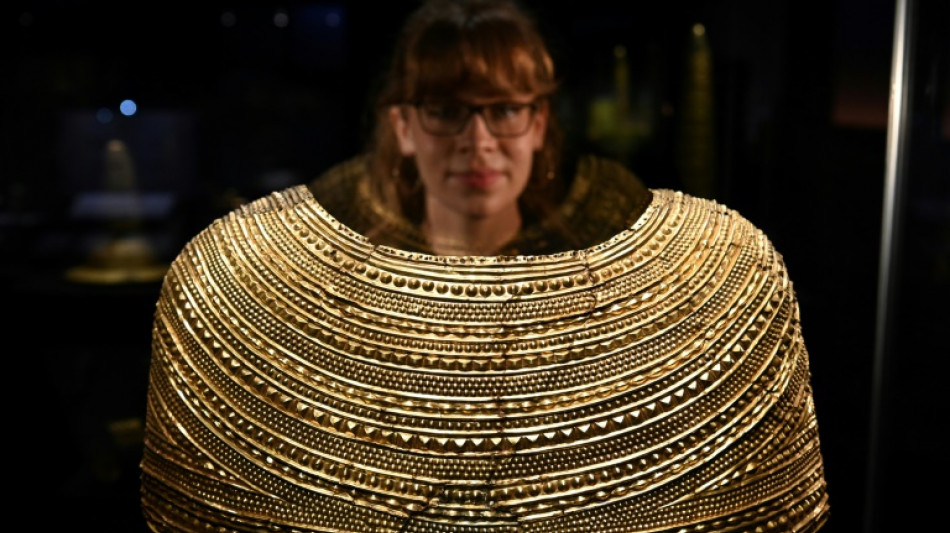
-
 Radio Free Asia suspends operations after Trump cuts and shutdown
Radio Free Asia suspends operations after Trump cuts and shutdown
-
Meta shares sink as $16 bn US tax charge tanks profit

-
 Dollar rises after Fed chair says December rate cut not a given
Dollar rises after Fed chair says December rate cut not a given
-
Google parent Alphabet posts first $100 bn quarter as AI drives growth

-
 Rob Jetten: ex-athlete setting the pace in Dutch politics
Rob Jetten: ex-athlete setting the pace in Dutch politics
-
Juve bounce back after Tudor sacking as Roma keep pace with leaders Napoli

-
 Favorite Sovereignty scratched from Breeders' Cup Classic after fever
Favorite Sovereignty scratched from Breeders' Cup Classic after fever
-
Doue injured as PSG held at Lorient in Ligue 1

-
 Leverkusen win late in German Cup, Stuttgart progress
Leverkusen win late in German Cup, Stuttgart progress
-
Jihadist fuel blockade makes life a struggle in Mali's capital

-
 Uber plans San Francisco robotaxis in Waymo challenge
Uber plans San Francisco robotaxis in Waymo challenge
-
Paramilitary chief vows united Sudan as his forces are accused of mass killings

-
 Trump, Xi to meet seeking truce in damaging trade war
Trump, Xi to meet seeking truce in damaging trade war
-
Over 100 killed in Rio police crackdown on powerful narco gang

-
 Divided US Fed backs second quarter-point rate cut of 2025
Divided US Fed backs second quarter-point rate cut of 2025
-
'Amazing' feeling for Rees-Zammit on Wales return after NFL adventure

-
 'Cruel' police raids help, not hinder, Rio's criminal gangs: expert
'Cruel' police raids help, not hinder, Rio's criminal gangs: expert
-
S. African president eyes better US tariff deal 'soon'

-
 Sinner cruises in Paris Masters opener, Zverev keeps title defence alive
Sinner cruises in Paris Masters opener, Zverev keeps title defence alive
-
Winter Olympics - 100 days to go to 'unforgettable Games'
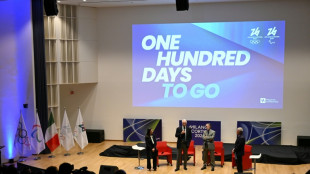
-
 Kiwi Plumtree to step down as Sharks head coach
Kiwi Plumtree to step down as Sharks head coach
-
France to charge Louvre heist suspects with theft and conspiracy
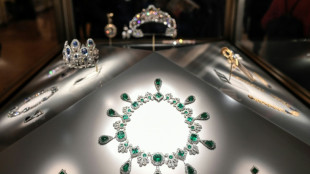
-
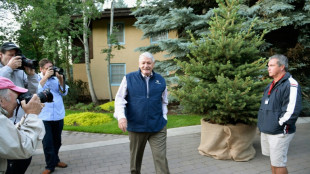 US media mogul John Malone to step down as head of business empire
US media mogul John Malone to step down as head of business empire
-
'Never been this bad': Jamaica surveys ruins in hurricane's wake
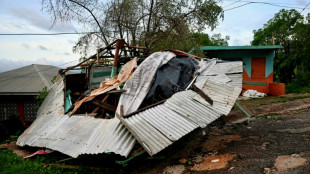
-
 France adopts consent-based rape law
France adopts consent-based rape law
-
Zverev survives scare to kickstart Paris Masters title defence

-
 Rabat to host 2026 African World Cup play-offs
Rabat to host 2026 African World Cup play-offs
-
Wolvaardt-inspired South Africa crush England to reach Women's World Cup final

-
 US says not withdrawing from Europe after troops cut
US says not withdrawing from Europe after troops cut
-
WHO urges Sudan ceasefire after alleged massacres in El-Fasher

-
 Under-fire UK govt deports migrant sex offender with £500
Under-fire UK govt deports migrant sex offender with £500
-
AI chip giant Nvidia becomes world's first $5 trillion company
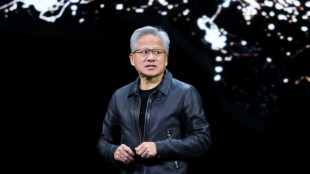
-
 Arsenal depth fuels Saka's belief in Premier League title charge
Arsenal depth fuels Saka's belief in Premier League title charge
-
Startup Character.AI to ban direct chat for minors after teen suicide

-
 132 killed in massive Rio police crackdown on gang: public defender
132 killed in massive Rio police crackdown on gang: public defender
-
Pedri joins growing Barcelona sickbay

-
 Zambia and former Chelsea manager Grant part ways
Zambia and former Chelsea manager Grant part ways
-
Russia sends teen who performed anti-war songs back to jail

-
 Caribbean reels from hurricane as homes, streets destroyed
Caribbean reels from hurricane as homes, streets destroyed
-
Boeing reports $5.4-bn loss on large hit from 777X aircraft delays

-
 Real Madrid's Vinicius says sorry for Clasico substitution huff
Real Madrid's Vinicius says sorry for Clasico substitution huff
-
Dutch vote in snap election seen as test for Europe's far-right

-
 Jihadist fuel blockade makes daily life a struggle for Bamako residents
Jihadist fuel blockade makes daily life a struggle for Bamako residents
-
De Bruyne goes under the knife for hamstring injury

-
 Wolvaardt's 169 fires South Africa to 319-7 in World Cup semis
Wolvaardt's 169 fires South Africa to 319-7 in World Cup semis
-
EU seeks 'urgent solutions' with China over chipmaker Nexperia

-
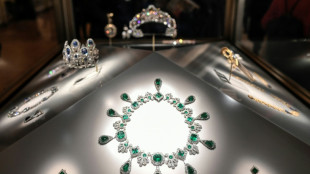 Paris prosecutor promises update in Louvre heist probe
Paris prosecutor promises update in Louvre heist probe
-
Funds for climate adaptation 'lifeline' far off track: UN

-
 Record Vietnam rains kill seven and flood 100,000 homes
Record Vietnam rains kill seven and flood 100,000 homes
-
Markets extend record run as trade dominates


British Museum exhibition traces rise and fall of Stonehenge
A new exhibition on the Stonehenge stone circle in southern England sheds new light on its 4,500-year history, linking its declining influence to the Bronze Age population's discovery of metal working.
Opening Thursday at the British Museum in London, the exhibition called "The World of Stonehenge" traces the development of the UNESCO-protected site -- two concentric circles of huge stone blocks and lintels.
According to Celtic legends of the Middle Ages, the circle was magically created by the mythical magician Merlin.
Construction at the site was started during the Neolithic era by hunter-gatherers without metal tools and continued into the Bronze Age as metal working became widely established.
European metal workers arrived during the early Bronze Age, gradually superseding the local Neolithic population.
"Within a couple of hundred years, those people from Europe replaced the previous population by almost 95 percent," Neil Wilkin, the exhibition's curator, said.
As their culture and beliefs became dominant, Stonehenge lost its original purpose and became used as a cemetery, he added.
The exhibition shows numerous tombs from the time, as well as objects such as large gold necklaces made in France around 2300 BC.
The Nebra Sky Disc, the world's oldest surviving map of the stars, smelted in gold and bronze in 1600 BC in present-day Germany, is also featured.
Altogether there are more than 430 objects from the United Kingdom, Ireland, France, Germany, Denmark and Switzerland at the exhibition, which runs to July 17.
The British Museum also displays 14 wooden poles that were preserved for millennia under the sand of a beach in Norfolk, eastern England, until their discovery in 1998.
These are the remains of a wooden circle called Seahenge, on loan to the museum for the first time.
The 4,000-year-old circle once featured 54 oak piles arranged in a circle 6.6 metres in diameter, with a huge upturned tree in the centre, its roots facing skywards.
This circle would have been used for rituals in a similar way to Stonehenge, but was built five centuries later (2049 BC), using metal axes typical of the Bronze Age, said Wilkin, as the tradition of building such circles dwindled away.
"Seahenge is one of the last monuments of its type built in Britain. It's the very end of a long tradition that spans 1,000 years," he noted.
A.AbuSaada--SF-PST
